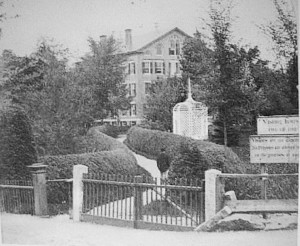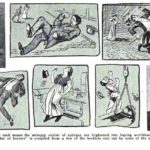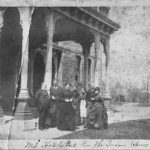Asylum gardens provided occupational therapy of a sort for patients who were physically able to work in them. Some patients truly enjoyed working in a small flower garden perhaps, or even an hour or two in a vegetable garden.
However, because some superintendents reported having to “force” patients to work outside, this so-called therapy obviously did not appeal to everyone. Vegetable gardens certainly helped the bottom line, though, and provided fresh food that sometimes miserly public funds might not have covered.
In May, 1910, Dr. Harry Hummer, superintendent of the Canton Asylum for Insane Indians, pleaded with the commissioner of Indian Affairs to retain the subsistence allowance for employees.
He told the commissioner that he had a very desirable staff of employees at that time, and: “am very desirous of keeping this force intact, which I believe, will not be possible if the contemplated change (to take away asylum-provided meals) is put into operation.”
Dr. Hummer then went on to make a case for the continued subsistence by noting that the entire cost of subsistence supplies for the year had been $4,470.47. Divided by 75 (60 patients and 15 employees), this sum provided food for a month at a cost of only $5.00 per person.
Hummer pointed out that it would cost employees $10 a month to pay for their own meals, so that they would be losing money even if their salaries were raised by the $5.00/month the government saved. With this point and several others he raised, Hummer managed to save this perk for his staff. Whether the food itself was good, bad, or indifferent, affordable meals meant a lot to employees.








